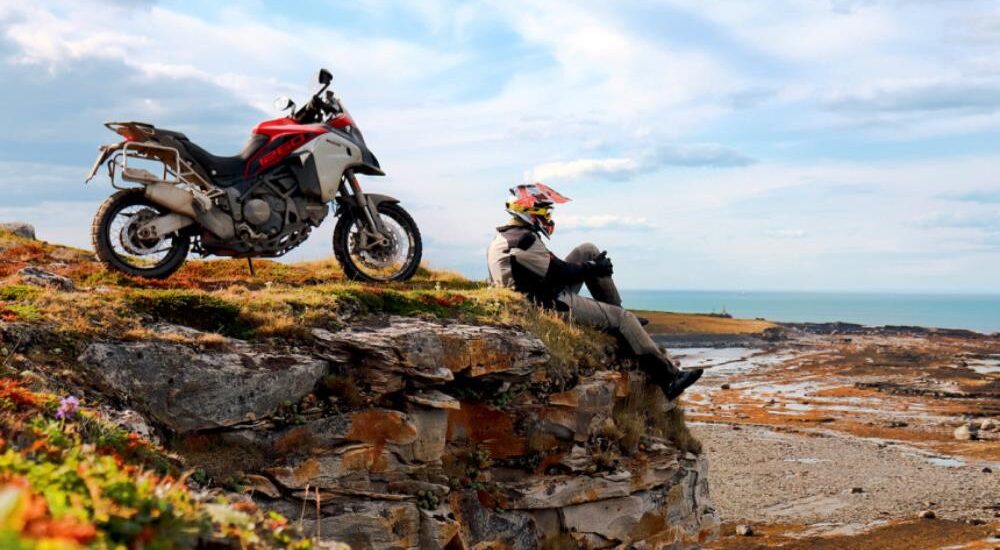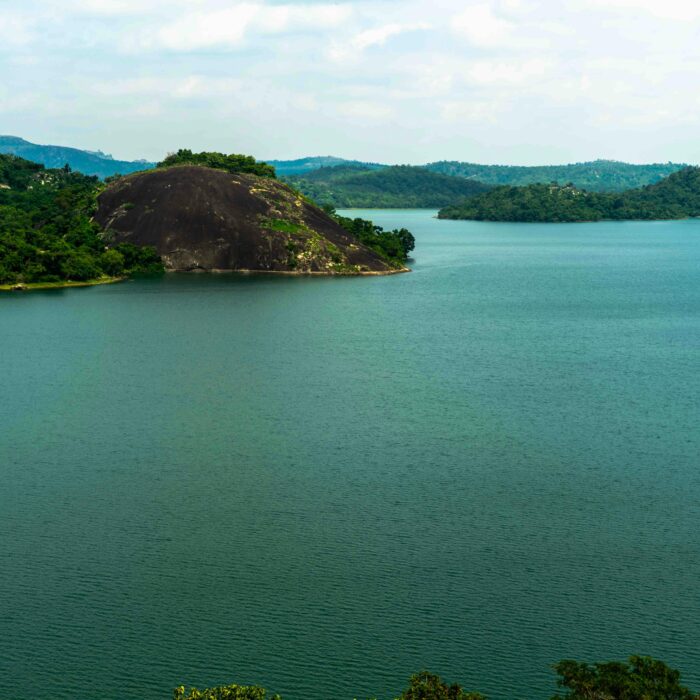For nearly two weeks, the Ducati Multistrada 1260 Enduro was my faithful travel companion, embodying the essence of Italian flair in a robust crossover body. My journey meandered through the mystical forests of Karelia, resonated with the distant howls of wolves, and I found solace on the untouched moss beds of Rybachy beneath the expansive Arctic skies. This adventure was a true testament to the purpose and spirit of large touring enduros.

Ducati Multistrada 1260 Enduro
Big touring enduros represent the pinnacle of engineering from leading manufacturers, forming an exclusive realm ruled by BMW, KTM, and Ducati. This segment goes beyond what Suzuki’s V-Strom 1000 and Yamaha’s XT1200Z Super Tenere offer, boasting top-tier features like electronically adjustable suspensions, innovative cornering ABS, and a plethora of safety sensors, right from wheelie control to critiquing roadside coffee.

The Evolution of Ducati’s Enduro
The Ducati 1200 Enduro set a high benchmark, but the new 1260 Enduro has pushed the boundaries further. The engine has expanded to 1262 cc, boosting the power output from 152 to 158 hp, with a torque plateau of 128 Nm smoothed over 3500 to 5000 rpm. Intriguingly, the suspension travel has been reduced from 200 to 185 mm for both the fork and mono-shock, a move aimed at lowering the seat height and the motorcycle’s center of mass. But does it impact its off-road prowess? The Ducati Skyhook Suspension Evo System, a marvel of technology straight out of sci-fi, claims to balance these changes.

The colorful five-inch TFT dashboard screen initially seems overloaded, but it offers functionalities not found in every luxury car! DWC & DTC in the off position – my choice: I disabled Wheelie and Traction Control.

Getting used to the abundance of buttons on the left handlebar happens quickly; everything is logically placed and doesn’t require unnecessary movements.

The crankcase protection stoically withstood dozens of stone hits, but its modest size still causes some concern – it’s better to install additional protection.

The official panniers for the Ducati 1260 Enduro are made by Touratech: the left one, with a volume of 45 liters (as shown in the picture), can easily accommodate any helmet, while the right 40-liter one is slightly smaller due to the exhaust.
The Expedition of a Lifetime

To truly understand the capabilities of the Ducati Multistrada 1260 Enduro, I embarked on an epic expedition through Karelia to the Rybachy Peninsula, the westernmost point of Russia. This 6000-kilometer journey, half on diverse dirt tracks, started and ended in Moscow. It was a test of endurance and spirit, with nights under the stars and challenging terrains. My companions were the versatile Multistrada 950 S and the spirited Scrambler Desert Sled, with the robust Volkswagen Amarok Canyon as our support vehicle.


The initial 700 kilometers to Saint Petersburg were a prelude to the enchanting Russian North. The Ducati 1260 Enduro, unencumbered by its 30-liter fuel tank or its 254 kg weight, proved to be an unparalleled machine on the asphalt. It combines the raw power of a naked bike with the luxury of a tourer, effortlessly cruising at speeds rivalling those of elite sports cars while maintaining exceptional comfort and efficiency.

In Saint Petersburg, we switched gears, outfitting the bike with Pirelli Scorpion Rally tires, ready for the off-road adventures ahead. Our journey to Vottovaara was steeped in history and natural beauty, a testament to the rich tapestry that is Karelia.

Karelia left an indelible mark on me, a chapter from an enthralling saga of nature and history. The towns of Kem and Umba linger in my memory with their authentic saunas, the aroma of birch and fresh wood enveloping me even now.

By the second day, the Ducati Multistrada 1260 and I were in perfect harmony. I settled on the Enduro engine mode, combined with front-wheel ABS and a disabled rear-wheel anti-lock braking system. The traction control was off too. Despite the reduced suspension travel, the bike’s off-road capability was impressive, though occasional bumps to the engine guard reminded me of the changes. The Multistrada 950 S, piloted by my colleague, effortlessly maintained speeds of 90—100 km/h on rugged terrains, urging me to match its pace.

The Scrambler Desert Sled, initially relegated to our support vehicle, truly shone once unleashed on Rybachy’s off-road paths. Compared to its heavier Ducati siblings, it felt agile and effortless, easily navigating terrain that demanded intense focus from the larger models.
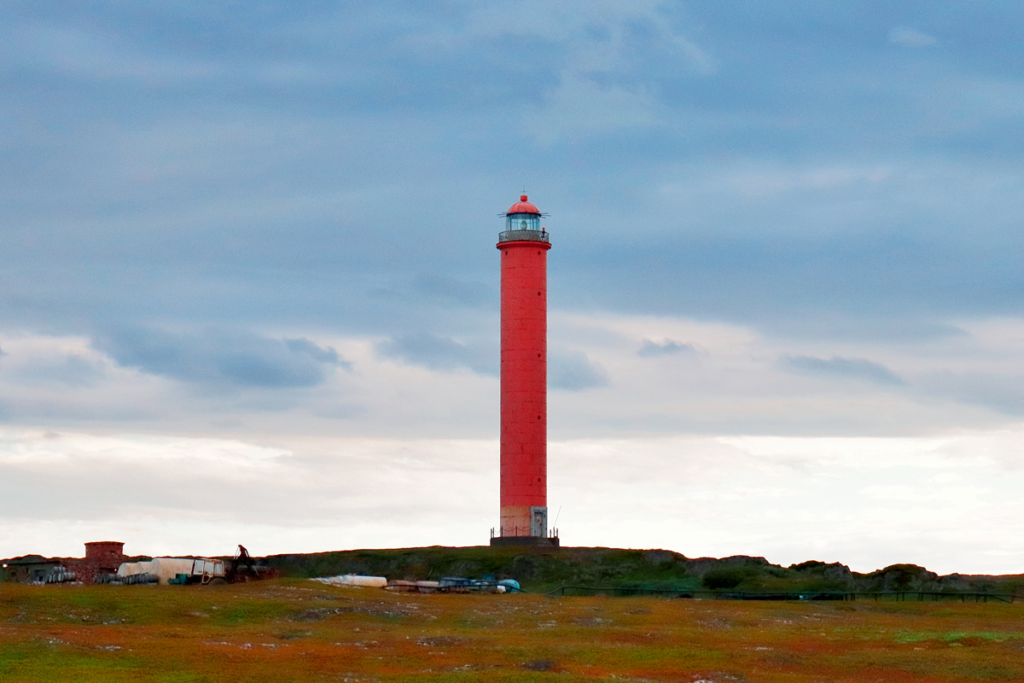
The Vaydagubsky lighthouse on German Cape of the Rybachy Peninsula is still operational.

The Sredniy Peninsula and the Motovsky Gulf of the Barents Sea.
The challenge with beasts like the Multistrada 1260 S or BMW’s ‘big goose’ lies in their weight. Handling a quarter ton of machine through mud or sand is a formidable task for even seasoned riders. For the less experienced, venturing beyond a hundred meters off the asphalt can be daunting.
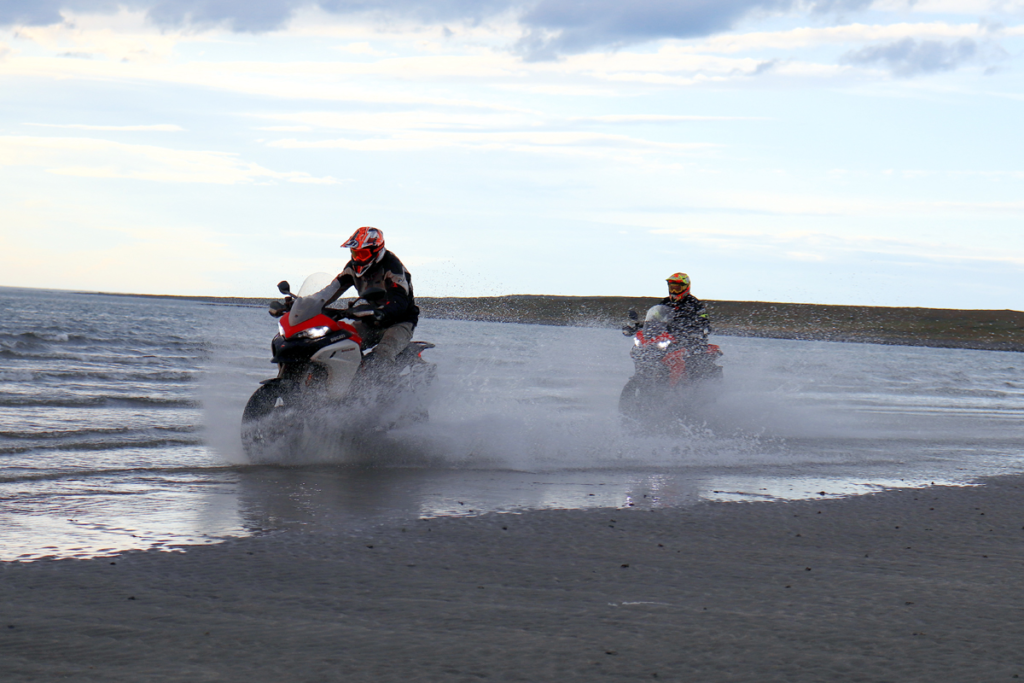

But the soul of adventure lay beyond the comfort of paved roads. After a week in the serene landscapes of Karelia, we reached Lake Kanentyavr and the Rybachy Peninsula. The next three days were among the most enriching of my motorcycling journeys. From fording rivers to being captivated by haunting reminders of war scattered across this rugged terrain, the experience was deeply moving.
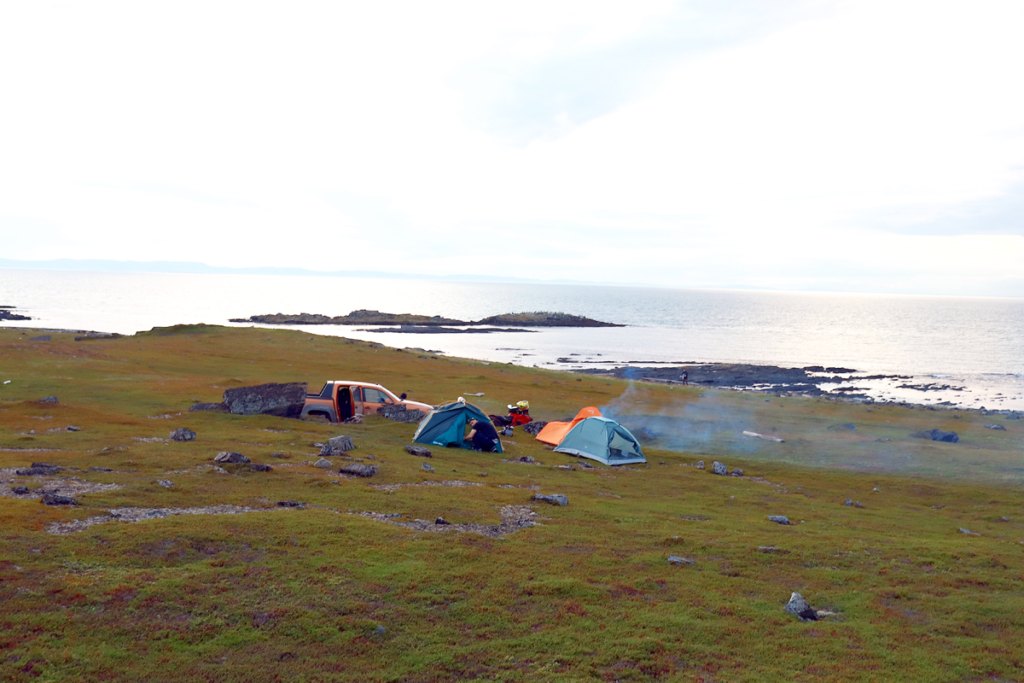

Camping on German Cape, gazing towards Norway’s coast, and the thrilling 40-kilometer return journey, where we even rescued our stuck Amarok, added to the adventure. Navigating through Rybachy in complete darkness, with the Scrambler’s fuel tank emptied yet again, starkly contrasted the monotony of asphalt roads.
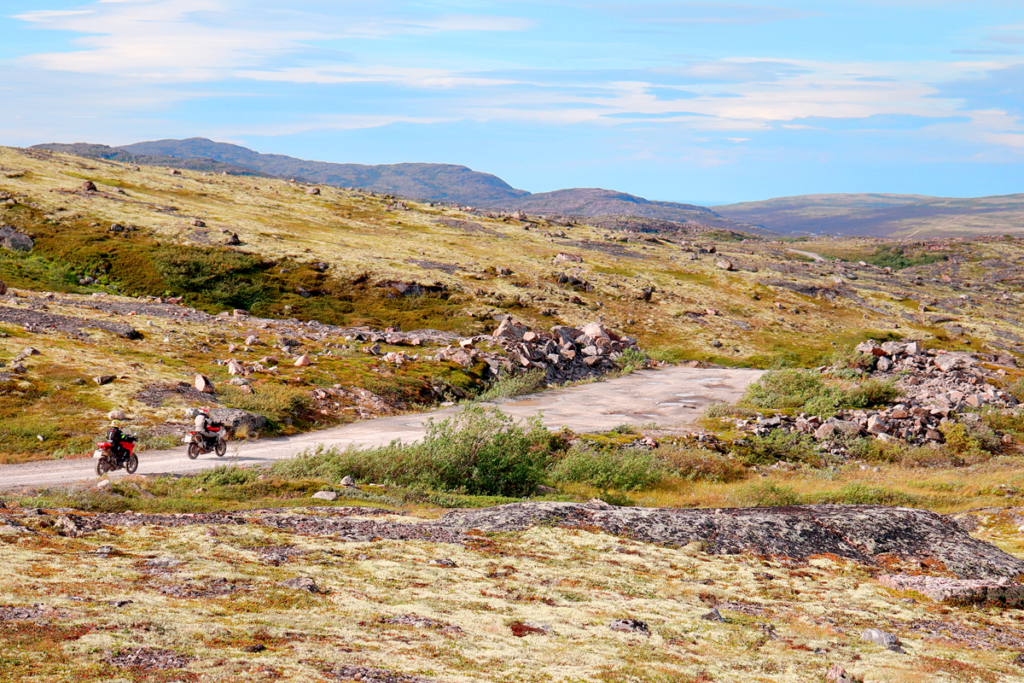

These experiences left me pondering my financial choices and challenging my stereotypes. Remarkably, not a single Ducati faltered throughout the entire journey.
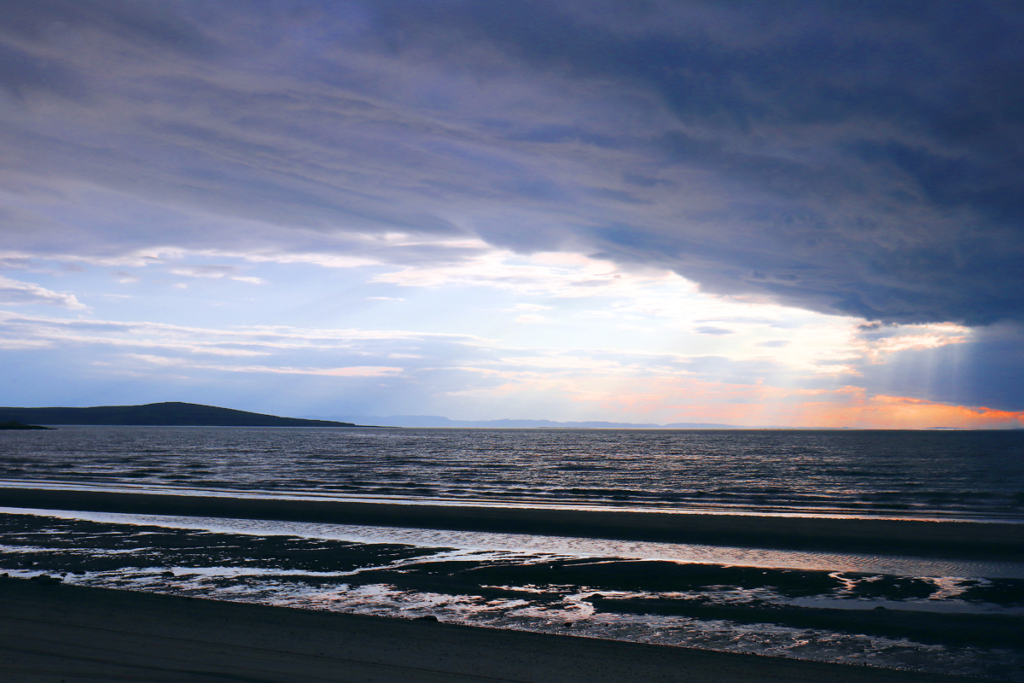

Photo: Dmitry and Leonid Grinberg | Artem Lepesin | Nikita Kolobanov
This is a translation. You can read an original article here: Безмолвие севера, или Итальянцы в Заполярье. Путешествие на Ducati Multistrada 1260 Enduro

Published February 07, 2024 • 5m to read

